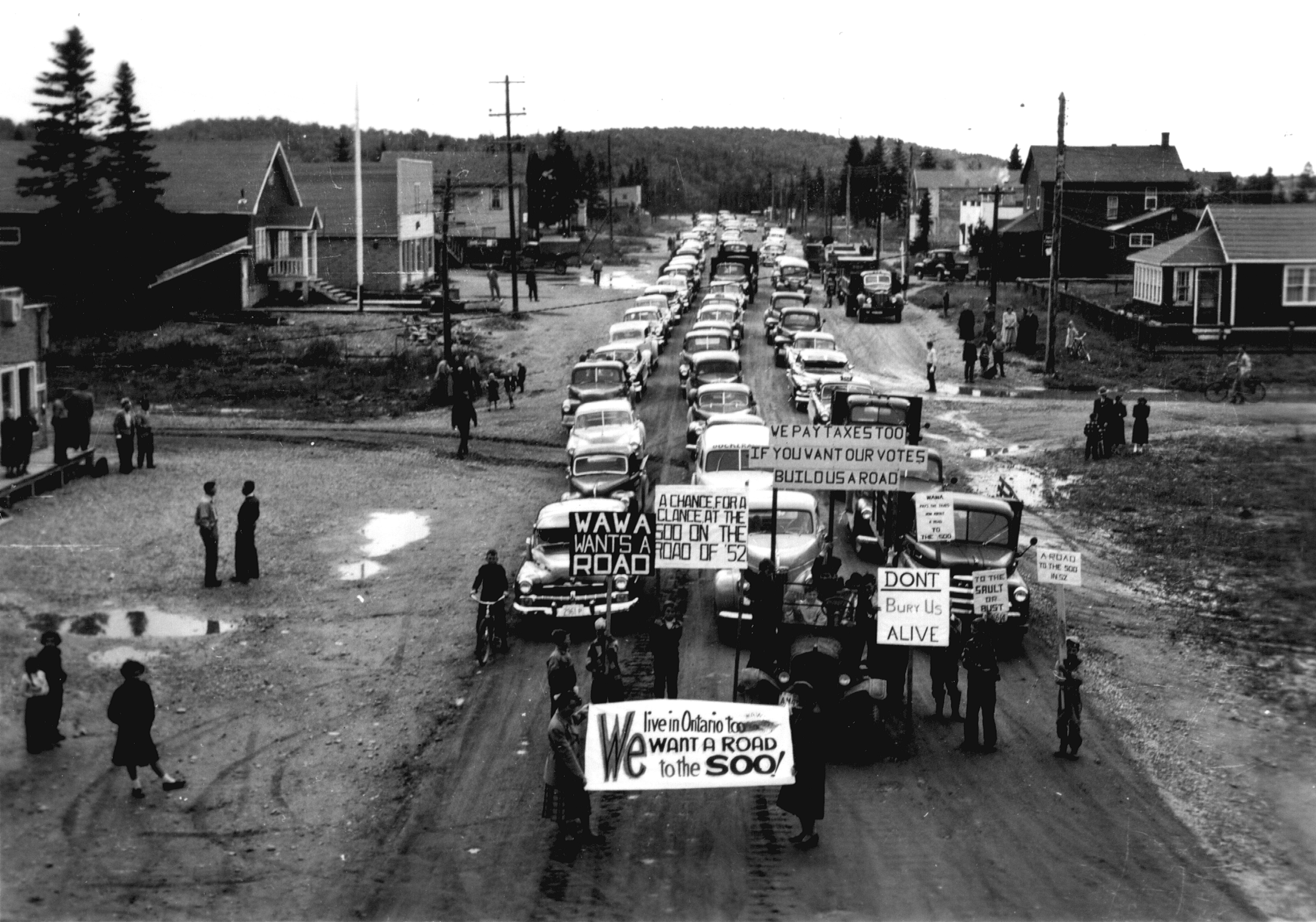 Wawa is the site of the completion of the last link of the Lake Superior section of the Trans-Canada Highway. It was officially opened for traffic on September 17, 1960. Prior to 1960, the townspeople of Wawa traveled to and from their hometown via steamboat on Lake Superior (until 1941) or the Algoma Central Railway (after 1921).
Wawa is the site of the completion of the last link of the Lake Superior section of the Trans-Canada Highway. It was officially opened for traffic on September 17, 1960. Prior to 1960, the townspeople of Wawa traveled to and from their hometown via steamboat on Lake Superior (until 1941) or the Algoma Central Railway (after 1921).From as early as 1920, residents of Wawa were promised “a road out” by provincial and federal officials (usually just before an election). By 1930 the highway stretched 110 km North of Sault Ste. Marie to Montreal River. During the Depression of the 1930's, hundreds of men worked on this section of roadway one foot at a time for 15 cents a day. During World War II, construction crews of conscientious objectors helped push the road to the Agawa River, and there it stopped, near the base of the Agawa Promontory, only 80 kms from Wawa. This massivemountain of ancient pre-Cambrian rock was deemed impassable and became known as “The Gap”.
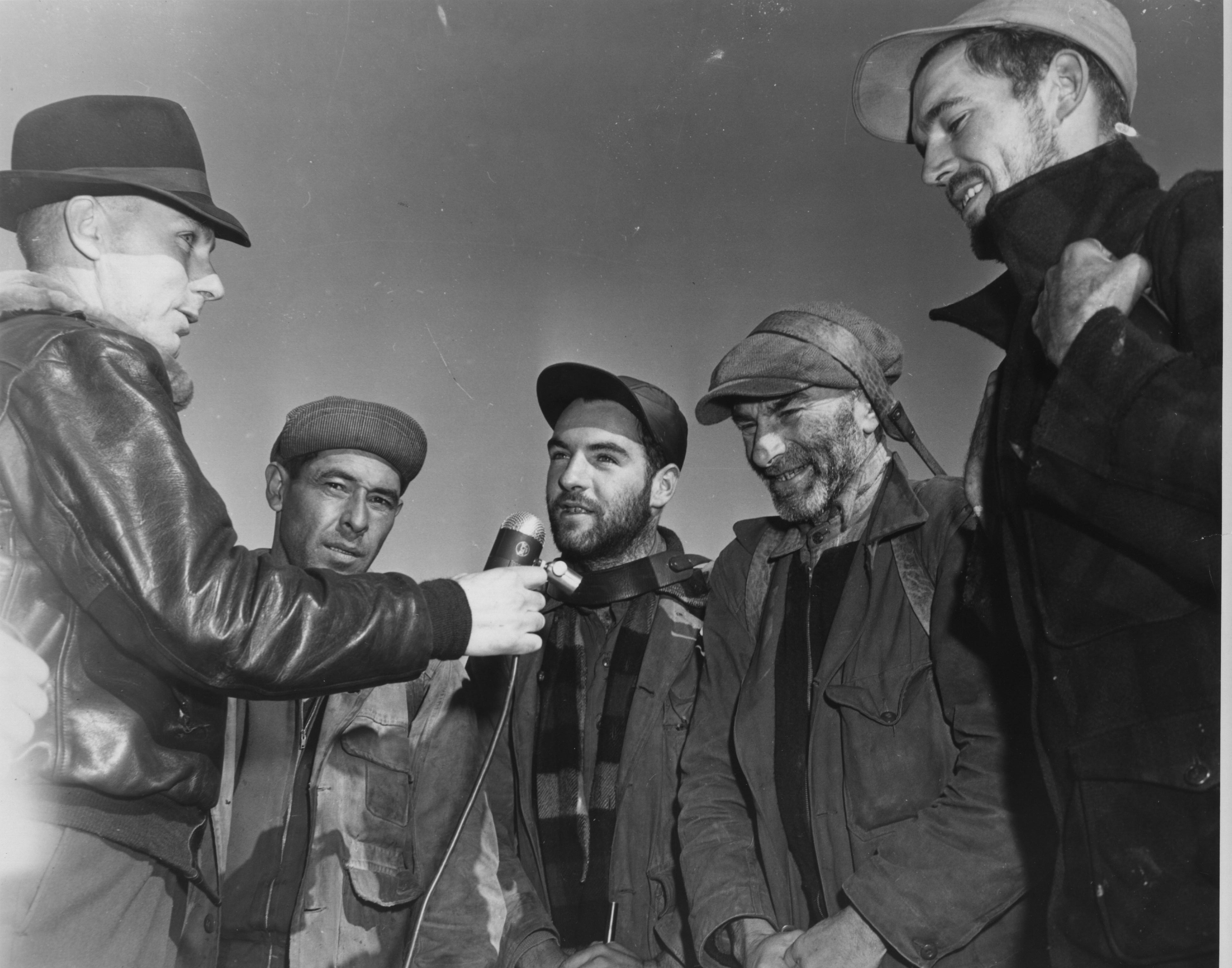 In 1951, a publicity campaign known as “Operation Michipicoten” attempted to open the eyes of the media and southern politicians to the remoteness of the isolated Wawa townsfolk. Four men accustomed to bush travel followed the directions on a 1935 surveyors map from Wawa to Montreal River. They made regular reports via a portable radio and made the rugged overland trip in 17 days.
In 1951, a publicity campaign known as “Operation Michipicoten” attempted to open the eyes of the media and southern politicians to the remoteness of the isolated Wawa townsfolk. Four men accustomed to bush travel followed the directions on a 1935 surveyors map from Wawa to Montreal River. They made regular reports via a portable radio and made the rugged overland trip in 17 days.A rough 80-kilometre route from Agawa to Wawa was finally cut through the rock and vast forests of eastern Lake Superior in 1959. Unfortunately, this “road” was so rough that a trip to Sault Ste. Marie took 8 hours. Finally, after almost a decade, the 233 km stretch from Sault Ste. Marie to Wawa was finally complete.
“September 17, 1960, will be the red-letter day in Wawa's future history for it marked the official opening of the magnificent Lakeshore Highway. Premier Frost, Transport Minister Hees, the Hon. Fred Cass, Hon. Bryan Cathcart, Harry Lyons M.P., and several other Members of Parliament journeyed to Wawa to officiate at the impressive ribbon-cutting and dedication ceremonies. Even the steady downpour of rain failed to dampen the enthusiasm of the thousands, including many neighbours from south of the border, who came to help celebrate another milestone in the long and romantic history of Wawa and Michipicoten.” (Agnes Turcott, Land of the Big Goose, published 1962)
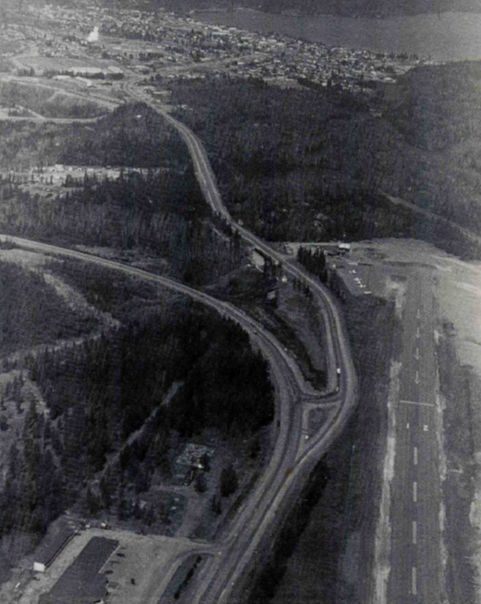
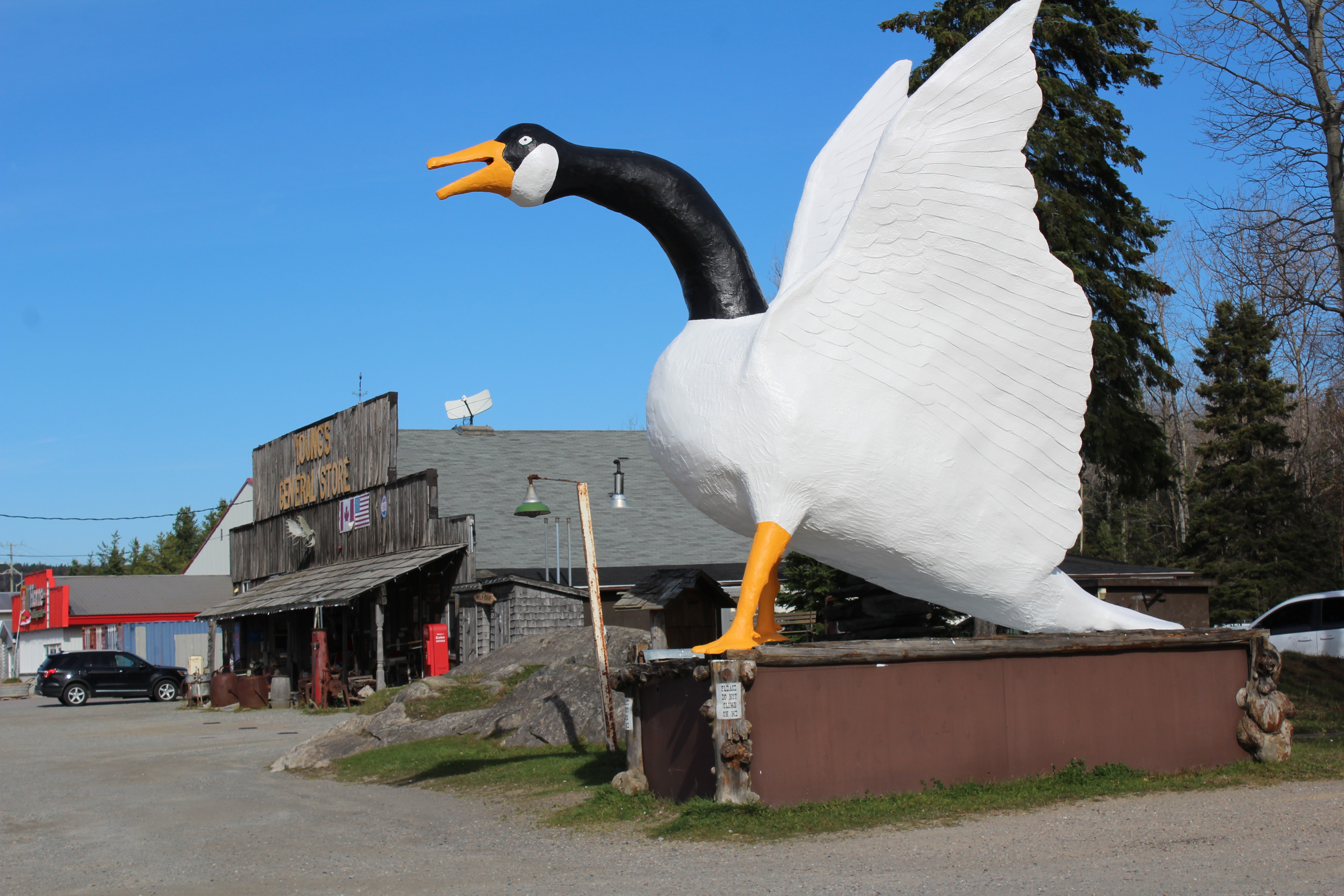
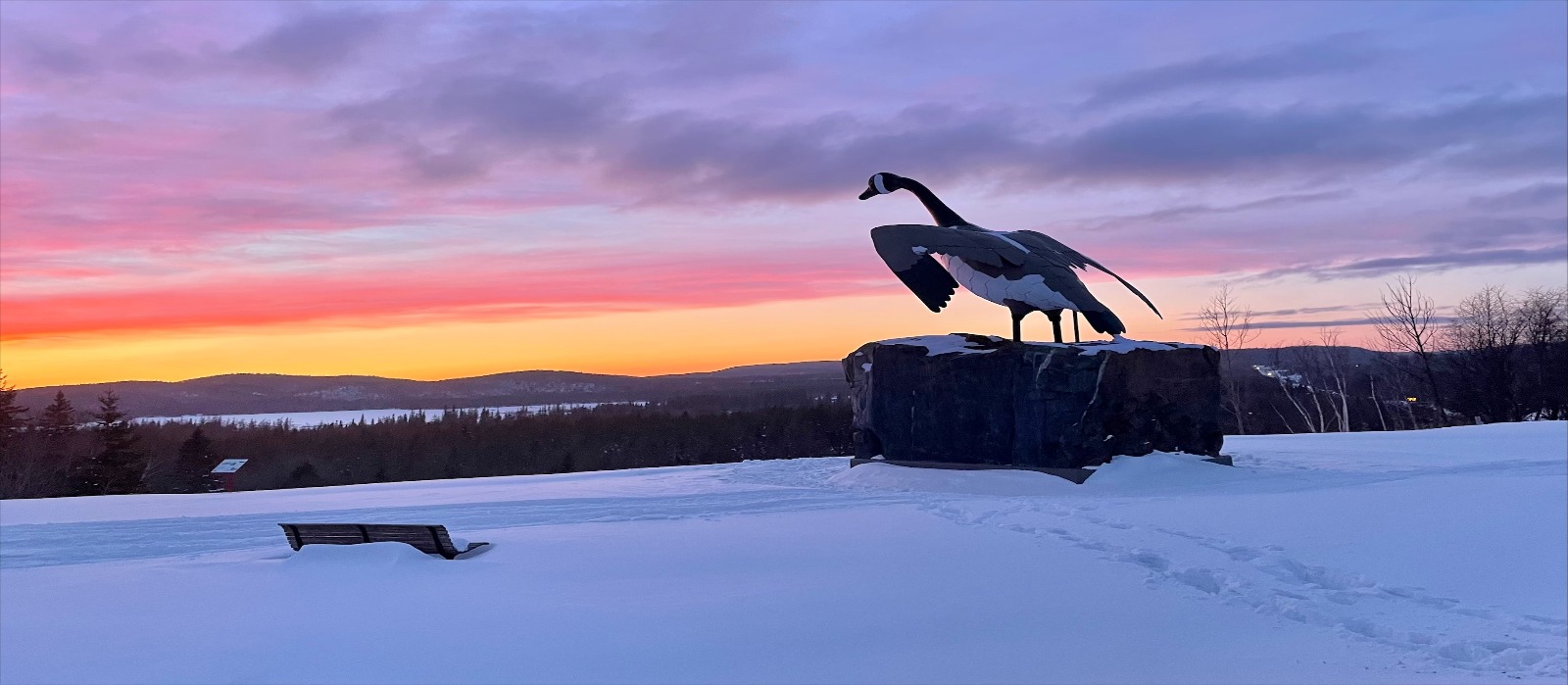 After 54 years, the second Wawa Goose desperately needed to be replaced. Led by Lori Johnson, Wawa's Director of Recreation and Tourism for 25 years, funding applications were completed, donation campaigns were initiated, and businesses and citizens from far and wide contributed to the Wawa Goose Fund. The new goose was made by
After 54 years, the second Wawa Goose desperately needed to be replaced. Led by Lori Johnson, Wawa's Director of Recreation and Tourism for 25 years, funding applications were completed, donation campaigns were initiated, and businesses and citizens from far and wide contributed to the Wawa Goose Fund. The new goose was made by